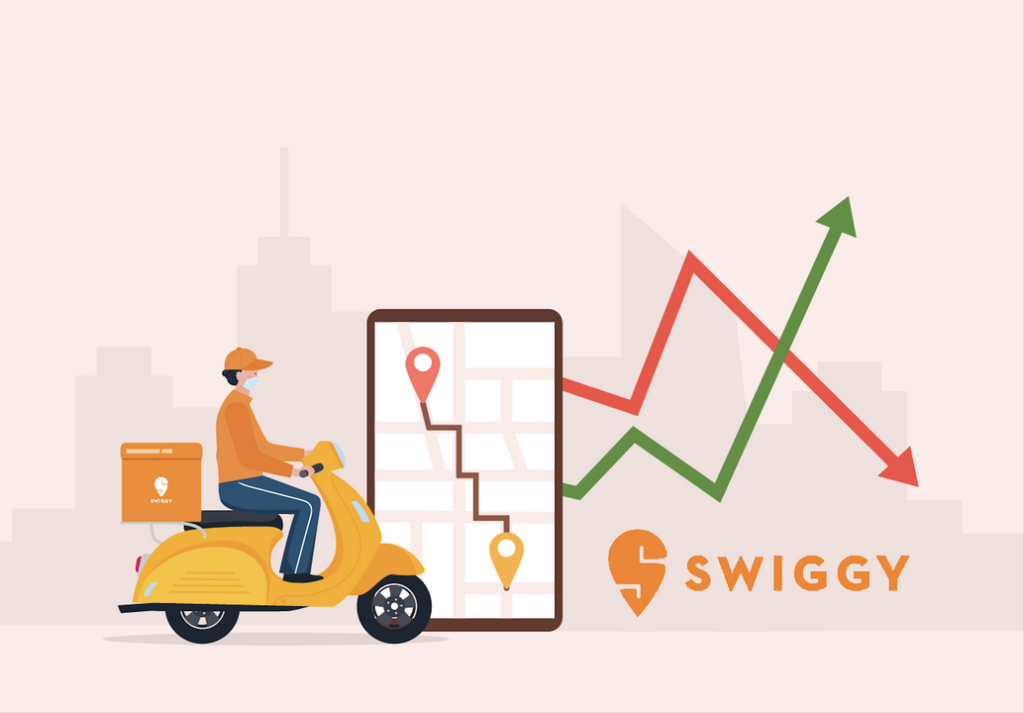The demand for farm-to-home products from direct-to-consumer brands has been growing rapidly in recent years, backed by consumers who want fresh, locally sourced ingredients straight from farmers. This is huge, and the move towards more sustainable and transparent food sourcing will be further conveyed, thanks to new-age food delivery apps transforming the way we get our meals served and devoured. Not only are these formats transforming food consumption, but these platforms also help local artisans and farmers in crisis. Here are some points:

Bridging the Gap Between Farms and Urban Consumers
Food delivery apps have emerged as vital connectors between rural producers and urban consumers. Small-scale farmers used to face challenges in getting their fresh produce into city markets by way of transportation and no access to local retail spaces. With these platforms having a presence, farmers can now list their fresh vegetables & fruits, dairy, as well as ready-to-cook/cooked food on these apps. Their direct-to-consumer business model shortens the supply chain, ensuring that products reach the consumer in a fresher state and often at lower costs.
For instance, a biryani app not only delivers home-cooked biryani but can also procure live ingredients from the nearest farms, thus ensuring fresh and healthy dining.
Promoting Transparency and Trust
Consumers today are more conscious about where their food comes from. Food delivery service India platforms are fostering transparency by allowing customers to trace the origins of their food. Many apps include features that highlight the farm or producer’s story, their farming practices, and how their products are sourced. This transparency creates trust and motivates customers to make informed selections, aligning their purchases with their values of helping local and sustainable agriculture.
Expanding Market Reach for Local Producers
Nowadays, consumers are very aware of the origin of their food. Food delivery India platforms introduce more transparency, which allows the user to track where his food comes from. Features in many apps include a story on the farm or producer, how to find where products are sourced, and farming practices. This transparency enables trust and empowerment of choice in the consumer, who will be less likely to buy from convenient or misleading vendors but rather from local and sustainable producers.
Sustainability and Reduced Food Waste
The farm-to-home model also contributes to sustainability. These platforms shorten the supply chain, reducing food waste and carbon emissions due to less transportation. In addition, many applications promote the use of environmentally friendly packaging and practices to limit food waste. This trend increasingly aligns with consumer demand for sustainable behaviors in food and drink consumption.
Catering to Niche Markets
Beyond fresh produce, the farm-to-home movement is also reflected in niche markets like cakes delivery app services. These platforms tend to partner with your nearest baker, who has artisanal cakes and bakery products made out of farm-fresh materials. Consumers will get access to a range of high-quality, homemade alternatives to mass-produced options, and small businesses will receive greater support in bringing their new products to market.
In closing:
The integration of food delivery apps into the farm-to-home movement is fostering a more sustainable, transparent, and inclusive food ecosystem. By connecting the producers and customers, promoting local products, and supporting sustainable practices, these platforms are pivotal in reshaping the way we think about and engage with our food.